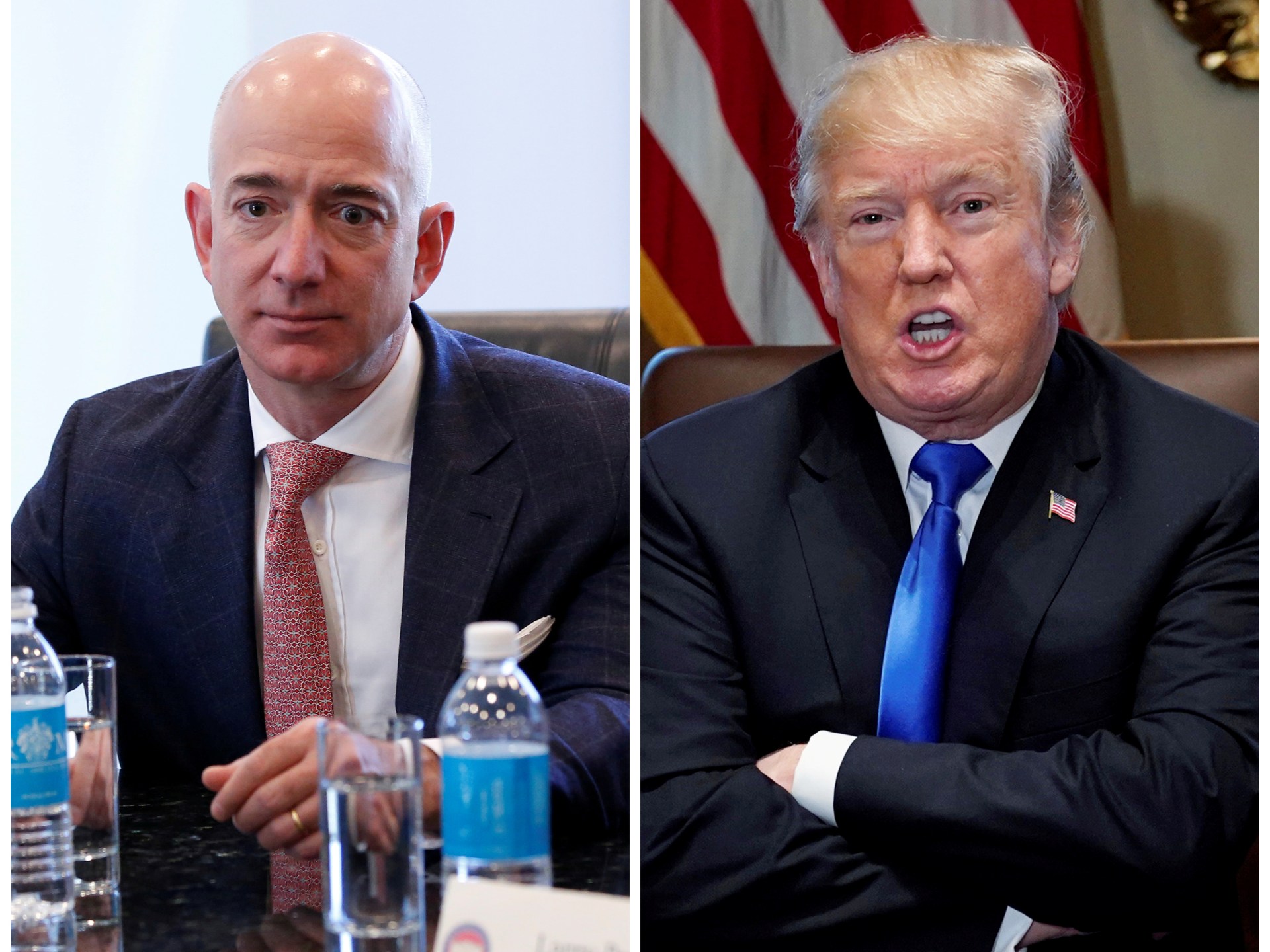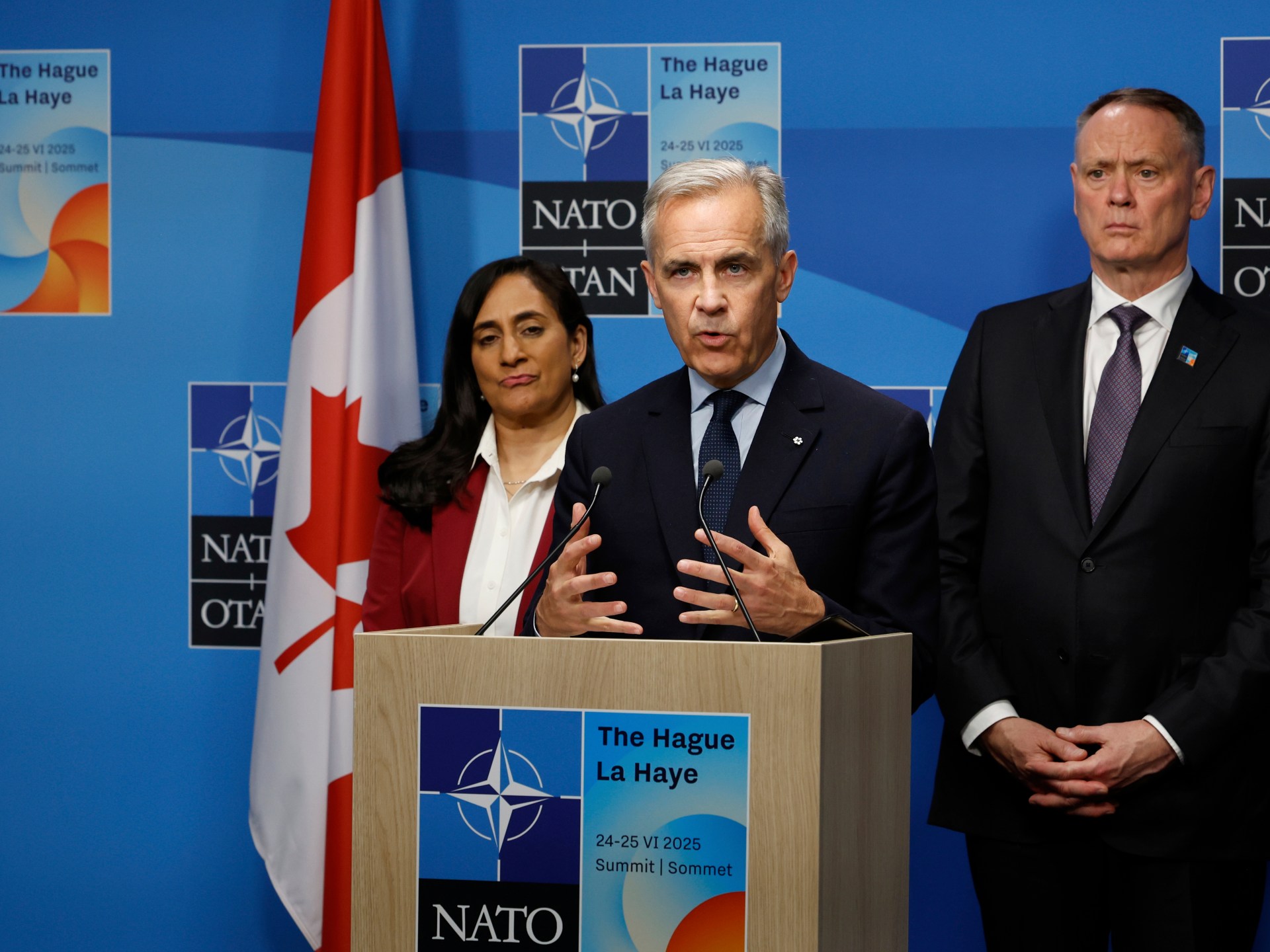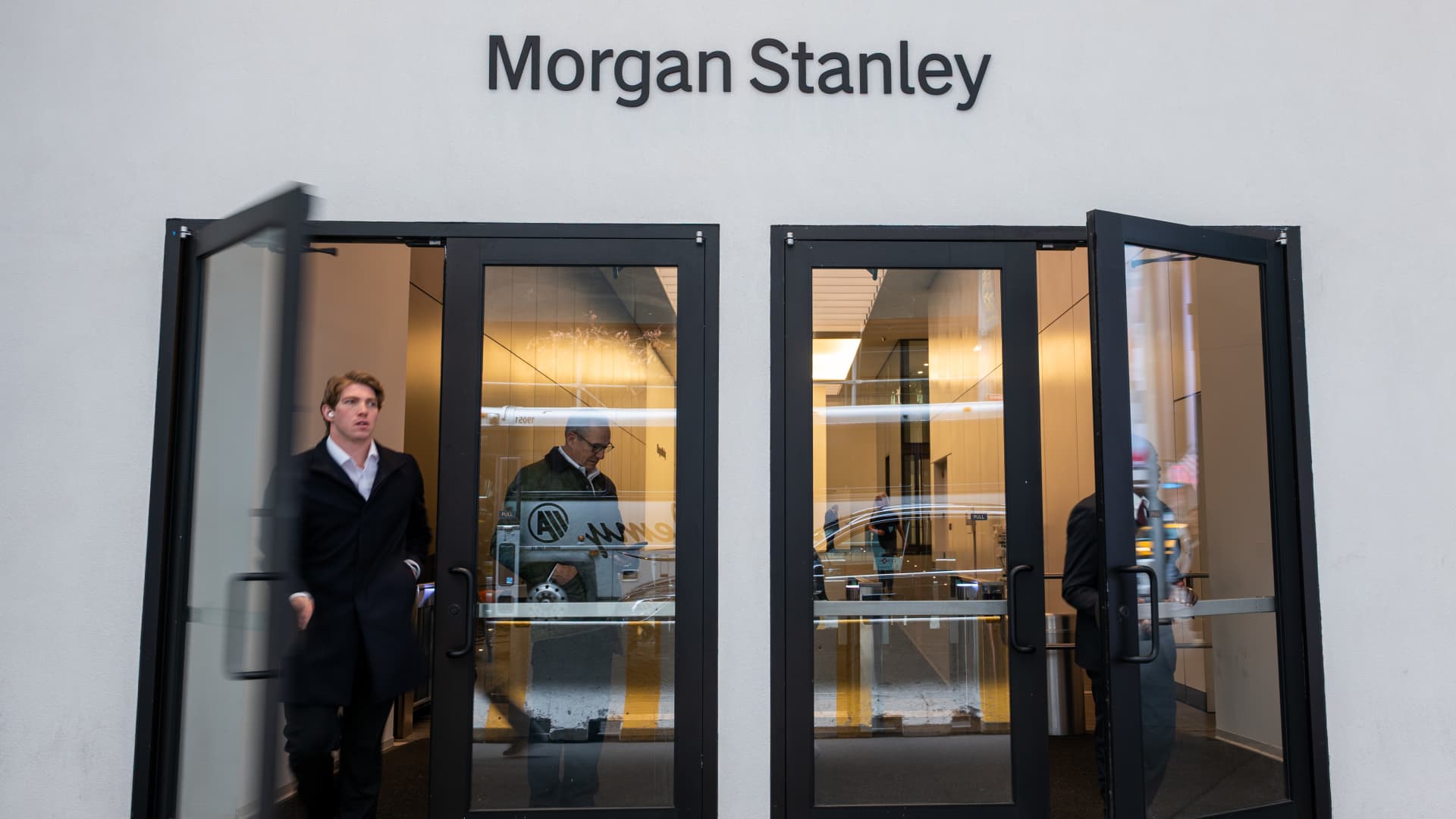The White House on Tuesday accused Amazon of committing a “hostile and political act” by planning to list extra tariff costs on its website. Amazon has disputed the allegation, saying it is not planning to display any added trade charges.
At a news conference marking President Donald Trump’s first 100 days in office, White House Press Secretary Karoline Leavitt lashed out at Amazon over news reports that suggested the company was considering displaying the added cost of tariff duties on its online platform.
“Why didn’t Amazon do this when the Biden administration hiked inflation to the highest level in 40 years?” Leavitt asked.
She further attacked the company by saying that “Reuters recently wrote [that] Amazon partnered with a Chinese propaganda arm,” holding up what appeared to be a news article printout.
Though Amazon denied the White House’s allegation, its stock price sank briefly following Leavitt’s comments before recovering again shortly afterwards.
The White House’s tirade against the retail giant is an indication of the pressure it is facing over Trump’s new tariffs – 145 percent in the case of China and 10 percent on all other countries – which analysts say will lead to higher prices.
And while Amazon says it won’t proactively expose the tariffs as the reason prices are rising, other major online retailers aren’t as skittish.
What happened?
On Tuesday, Punchbowl News reported that Amazon will soon “display how much of an item’s cost is derived from tariffs – right next to the product’s total listed price,” to illustrate how Trump’s tariffs are affecting the cost of goods.
The Trump administration’s fierce reaction to the Punchbowl article appeared to be based on a misinterpretation of internal plans being considered by Amazon, rather than any final decision.
Less than an hour after Leavitt’s news briefing, Amazon issued a statement saying that, though one of its teams had discussed “the idea of listing import charges on certain products,” it was “never a consideration for the main Amazon site”.
Only Amazon’s Haul service – its recently launched, low-cost storefront – “considered the idea” of listing import charges on certain products, a company spokesperson told The Associated Press news agency. But he said this “is not going to happen”.
The AP also reported that Trump called Amazon founder Jeff Bezos to complain about the reported plans on Tuesday morning. The administration seemed to change its tune after the conversation.
“Jeff Bezos was very nice. He was terrific,” Trump told reporters before leaving the White House for Michigan on Tuesday afternoon. “He solved a problem very quickly and he did the right thing. He’s a good guy.”
Is Amazon exposed to Trump’s China tariffs?
Trump’s tariffs – and the retaliatory responses from targeted countries, notably China – threaten to increase prices for online retailers and, by extension, American consumers. Amazon won’t be spared.
Amazon’s United States revenues topped $600bn last year. Its core business offering is to charge third-party sellers to use its website, and then leverage those commissions to fund its vast delivery infrastructure.
In 2024, 83 percent of US households shopped with Amazon. The retail giant has, in recent years, adjusted its focus from selling big-ticket items like TVs and gaming consoles to everyday goods like laundry detergent and toilet paper.
Revenues, in turn, have gone up. In 2023, Amazon processed 5.9 billion delivery orders in the US, a whopping 15.7 percentage point increase in a single year. Its share of the US parcel market also rose by 16.3 percentage points from 2022 levels.
In the US, Amazon makes roughly 40 percent of e-commerce sales. Its business model relies heavily on third-party merchants, many of whom are based in China – they can offer bargain prices due to low manufacturing and regulatory costs.
A staggering 71 percent of the goods sold by Amazon in the US are manufactured in China, according to a 2024 survey by Jungle Scout. For context, that’s 2.5 times more than the number of products sourced from the US.
Third-party sellers are now faced with a choice of either raising prices or absorbing the extra costs of Trump’s tariffs. It’s an existential threat for many merchants, who subsist on razor-thin margins. E-commerce is going to take a hit.
What are other retailers doing?
Numerous online retailers have decried Trump’s trade moves. Several big-name companies including Amazon’s rivals Temu and Shein have already raised prices while specifically pointing to the costs of tariffs.
Earlier this month, Temu and Shein said in separate but nearly identical notes that their operating expenses had gone up “due to recent changes in global trade rules and tariffs”. They both announced that price hikes would take effect on April 25.
Temu, owned by the Chinese e-commerce company PDD Holdings, now lists added “import charges”, which have reportedly doubled many items’ prices, although those available in local warehouses currently appear to be exempt.
Meanwhile, Shein, which is focused on fast fashion and based in Singapore, has a checkout banner that now reads, “Tariffs are included in the price you pay. You’ll never have to pay extra at delivery.”
Though Temu and Shein have experienced rapid growth in recent years – they were the top two most downloaded apps in the US in 2023 – their share of America’s e-commerce market remains much smaller than Amazon’s.
Still, their exposure to tariffs on Chinese imports remains just as significant.
According to a 2023 investigation by the US House Select Committee, nearly half of Temu and Shein’s goods shipments to the United States originated from China – amounting to approximately 600,000 packages per day.
Like other e-commerce firms, Temu and Shein are attempting to move some production lines to the US, as well as stocking more inventory there. But these measures won’t be enough to prevent Americans from swallowing higher prices.
What’s going to happen to consumer prices?
Last week, the International Monetary Fund (IMF) said that Trump’s unpredictable tariff policy and countermeasures by America’s trading partners will likely deal a heavy blow to US prosperity.
At the start of the year, the IMF expected the American economy to grow at 2.7 percent in 2025. Following the announcement of Trump’s “liberation day” tariffs, the fund lowered its projection to 1.8 percent.
The IMF has also grown gloomier on consumer prices and now sees US inflation hitting 3 percent this year, compared with its January forecast of 2 percent. Much of that rise will be felt in the form of Chinese imports.
On April 16, the US Federal Reserve Chair Jerome Powell warned that Trump’s tariffs were generating a “challenging scenario” for the central bank and were likely to generate higher inflation.
Powell added that Trump’s tariffs were likely to cause “at least a temporary rise in inflation”. He also suggested that “the inflationary effects could also be more persistent”.
A recent Reuters/Ipsos poll showed that public approval of the president’s economic management has fallen to 37 percent, his lowest-ever score in that survey.
trump-amazon-spat-what-happened-and-how-much-us-consumers-import-online-trade-war-news













Leave a Reply